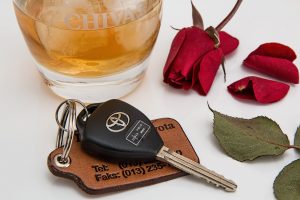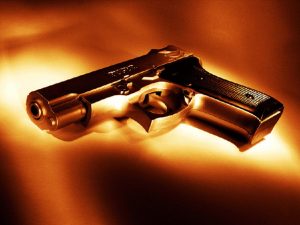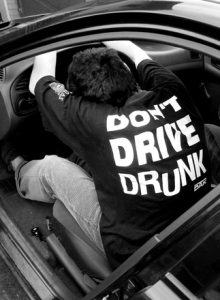 If you get a DUI it is very important that you get a good DUI lawyer right away. If you wait, the chances of losing the case and losing your license get much, much worse. You may lose the chance to fight your license suspension if you wait too long. Equally as bad, critical evidence may be destroyed – that’s evidence you need to win.
If you get a DUI it is very important that you get a good DUI lawyer right away. If you wait, the chances of losing the case and losing your license get much, much worse. You may lose the chance to fight your license suspension if you wait too long. Equally as bad, critical evidence may be destroyed – that’s evidence you need to win.
Most states have a procedure that suspends your license for DUI or refusing a test BEFORE your court date. In some states the police take your license when they arrest you. In other states the Motor Vehicles department gets notice from the police about the DUI. Motor Vehicles then sends you notice of suspension that your license will be suspended soon. You have a right to fight this suspension, no matter which way they do it. But that right requires you to tell Motor Vehicles you want to fight it. The time to let them know is limited. In my state, Maine, you have ten days from the date of suspension to challenge the suspension. If you don’t file your challenge within those ten days, you can never challenge it.
Evidence you need to win your case may be lost if you don’t take steps to save it. Police video cameras record to hard drives. After a couple of weeks many of those hard drives start to record over the old recordings. Unless you put the police on notice that you want the video saved, you may LOSE IT FOREVER. That video may be the only evidence you have to prove the cop wrong. If there is no video it is your word against the cop’s word. Who do you think they will believe?
 Southern Maine Criminal Lawyer Blog
Southern Maine Criminal Lawyer Blog










 In yesterday’s paper there was an article about a shooting in Mt. Rainier National Park. There was a tragedy in the park. A young man, believed to be Benjamin Colton Barnes, had severe mental problems – possibly PTSD from service in Iraq. He shot several people near Seattle on New year’s Eve. He may also have been involved in another shooting incident that night. On New Year’s Day Barnes he fled to Mt. Rainier National Park.
In yesterday’s paper there was an article about a shooting in Mt. Rainier National Park. There was a tragedy in the park. A young man, believed to be Benjamin Colton Barnes, had severe mental problems – possibly PTSD from service in Iraq. He shot several people near Seattle on New year’s Eve. He may also have been involved in another shooting incident that night. On New Year’s Day Barnes he fled to Mt. Rainier National Park. I cannot tell you the number of people I talk to who say, “Well, the breath test says I blew over .08, so there is nothing I can do, right?” Wrong! What most people do not understand is that breath tests do not measure your blood alcohol level. Breath tests estimate your blood-alcohol level. They do that by using a lot of assumptions that assume everyone is the same. Do you really think everyone is the same? Hint: the answer is “no.”
I cannot tell you the number of people I talk to who say, “Well, the breath test says I blew over .08, so there is nothing I can do, right?” Wrong! What most people do not understand is that breath tests do not measure your blood alcohol level. Breath tests estimate your blood-alcohol level. They do that by using a lot of assumptions that assume everyone is the same. Do you really think everyone is the same? Hint: the answer is “no.”